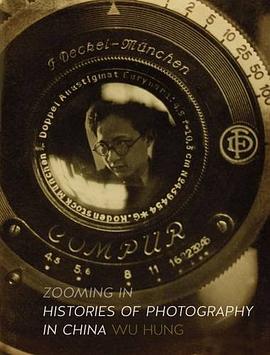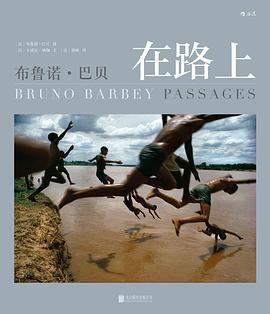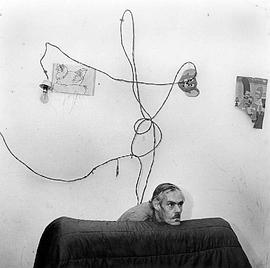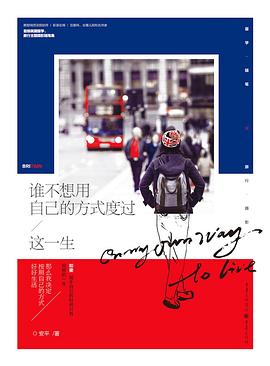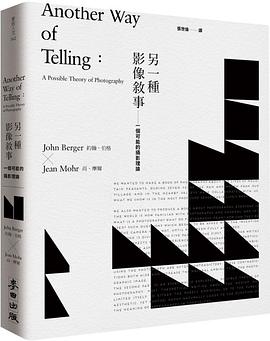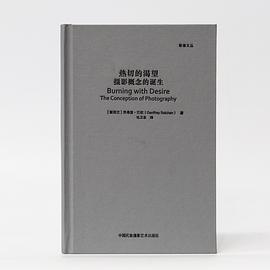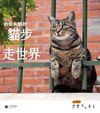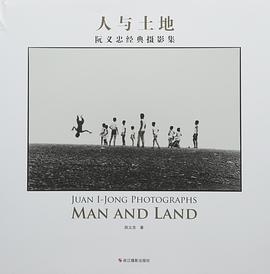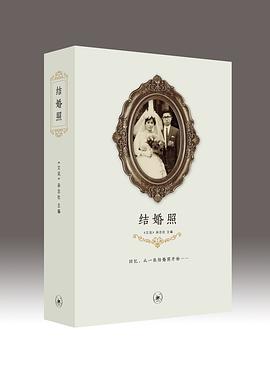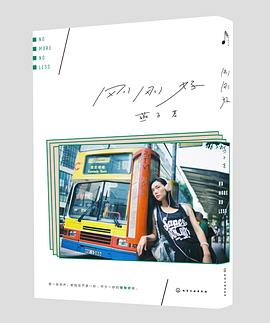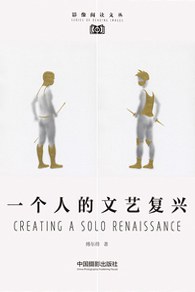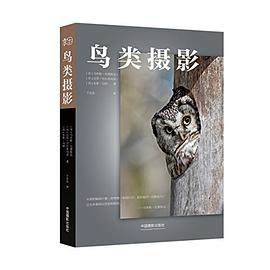
具体描述
Wu Hung is Harrie A. Vanderstappen Distinguished Service Professor of Art History, and East Asian Languages and Civilization, at the University of Chicago. Special research interests include relationships between visual forms (architecture, bronze vessels, pictorial carvings and murals, etc.) and ritual, social memory, and political discourses.
From the first sets of photographic records made by Western travelers to doctored portraits of Chairman Mao and the avant-garde photographic performances of the post–Cultural Revolution era, photography in China has followed divergent paths. In this book, Wu Hung explores the multiple histories of photographic production in China, using them to tell a larger story about China’s shifting sociopolitical contexts and the different agendas, technologies, and aesthetics that have helped define its arts.
At the center of the book is a large question: how has photography represented China and its people, its collective history and memory as well as the diversity of Chinese artists who have striven for creative expression? To address this question, the author offers an in-depth study of selected photographers, themes, and movements in Chinese photography from 1860 to the present, covering a wide range of genres, including portraiture, photojournalism, architectural and landscape photography, and conceptual photography. Beautifully illustrated, this book offers a multifaceted and in-depth analysis of an important photographic history.
用户评价
##关于摄影的深描可见于此。Reaktion出的《废墟》和《聚焦》两本书,装帧好纸质佳且价格亲民,此前翻译导师的章节也得到了他们编辑的大力支持,真的良心。画外音:想起前几日某诗人的公众号说中国无摄影史,一部《中国摄影史》由外国人写成,介绍的是外国摄影师在中国拍的照片。何其狭隘的观点,简直惨不忍睹。
评分##这次读的英文,很平白,仍然是时间上远的比近的讲得好…… 收获了一些灵感。 花了两天时间匆匆读完巫鸿《聚焦:摄影在中国》。很难说这是一部中国摄影史通史,因为这本小书只是选取了若干不连续的片段而已,更重要的是,这只是巫鸿的摄影史。全书都有很强的他自己知识兴趣的烙印。从美术史到考古学再到实验艺术。巫鸿选取了中国摄影史上他最感兴趣的人和事...
评分 评分##这本书早先是巫先生于2016年在美国出版摄影类论文集。里面收录的文章大抵来自2000年左右始巫先生参与过的学术项目、展览计划等。其中大部分文章很早就发表过(如《“老照片热”...》一文曾收录在《作品与展场》一书中)。我相信如果您是巫先生的忠实粉丝,那读起这本书来一定非...
评分 评分##非常精彩的一本摄影史著作。诚如一些豆友的批评,这本书整体上的深度或许有所欠缺,叙述方式上重于个案分析,对于摄影史线索的梳理不甚清晰。但我认为这些无法掩盖这本书最大的亮点:根据不同视觉材料的特征确定最为适切的分析框架。本书第一章对晚清肖像照片的研究中,巫鸿通...
评分##关于摄影的深描可见于此。Reaktion出的《废墟》和《聚焦》两本书,装帧好纸质佳且价格亲民,此前翻译导师的章节也得到了他们编辑的大力支持,真的良心。画外音:想起前几日某诗人的公众号说中国无摄影史,一部《中国摄影史》由外国人写成,介绍的是外国摄影师在中国拍的照片。何其狭隘的观点,简直惨不忍睹。
相关图书
本站所有内容均为互联网搜索引擎提供的公开搜索信息,本站不存储任何数据与内容,任何内容与数据均与本站无关,如有需要请联系相关搜索引擎包括但不限于百度,google,bing,sogou 等
© 2025 book.qciss.net All Rights Reserved. 图书大百科 版权所有

